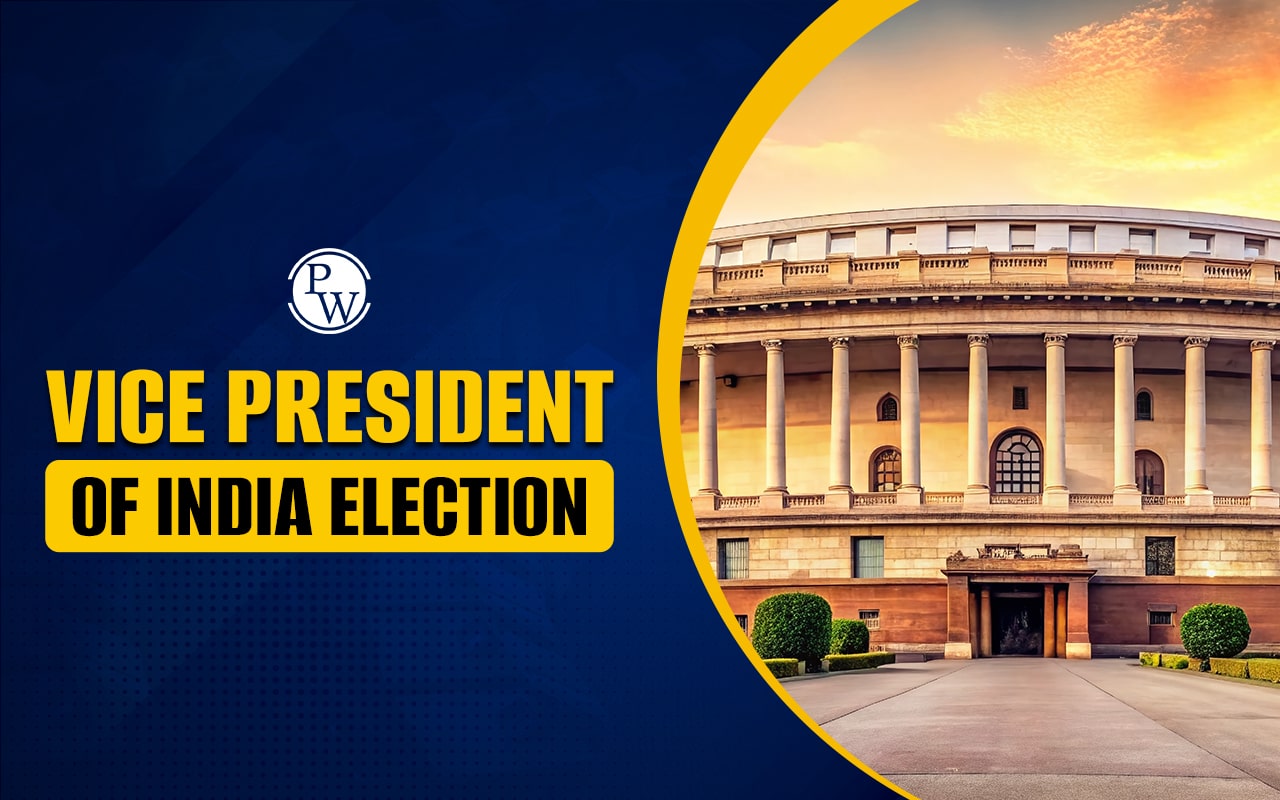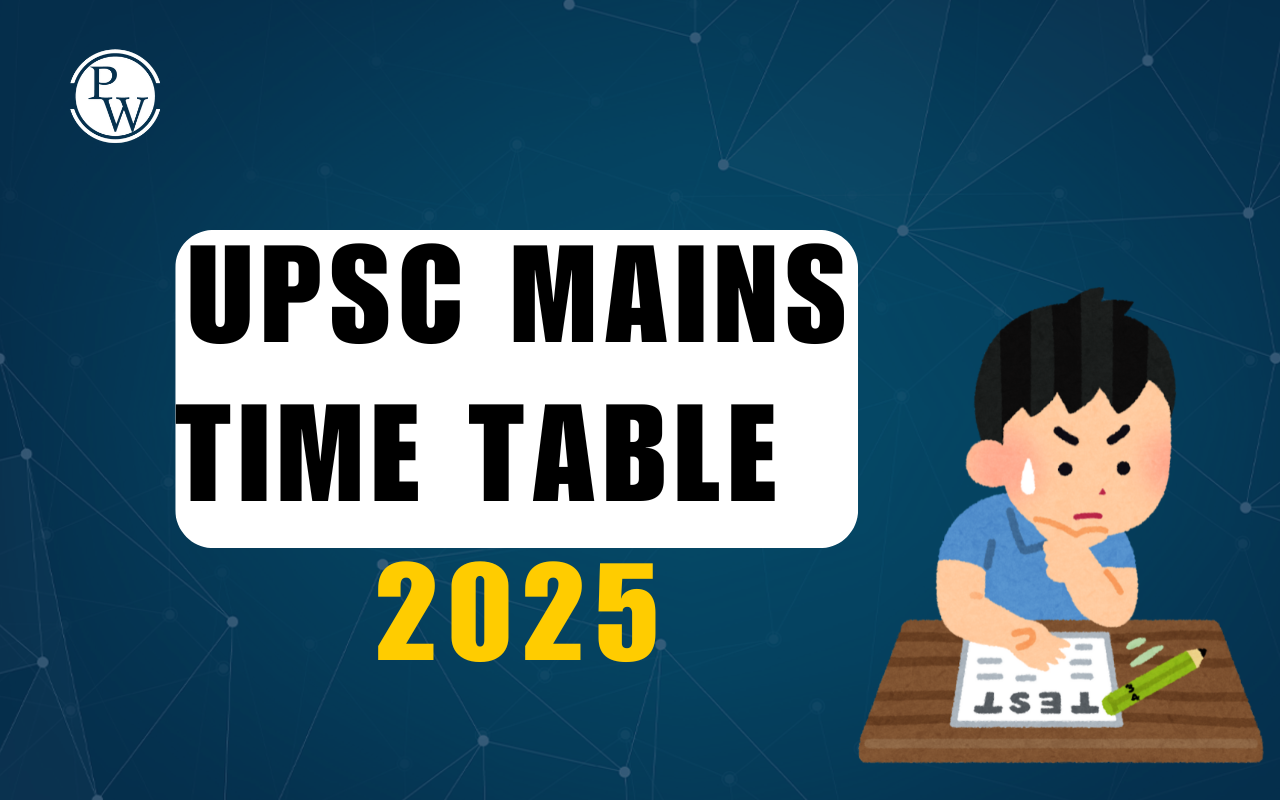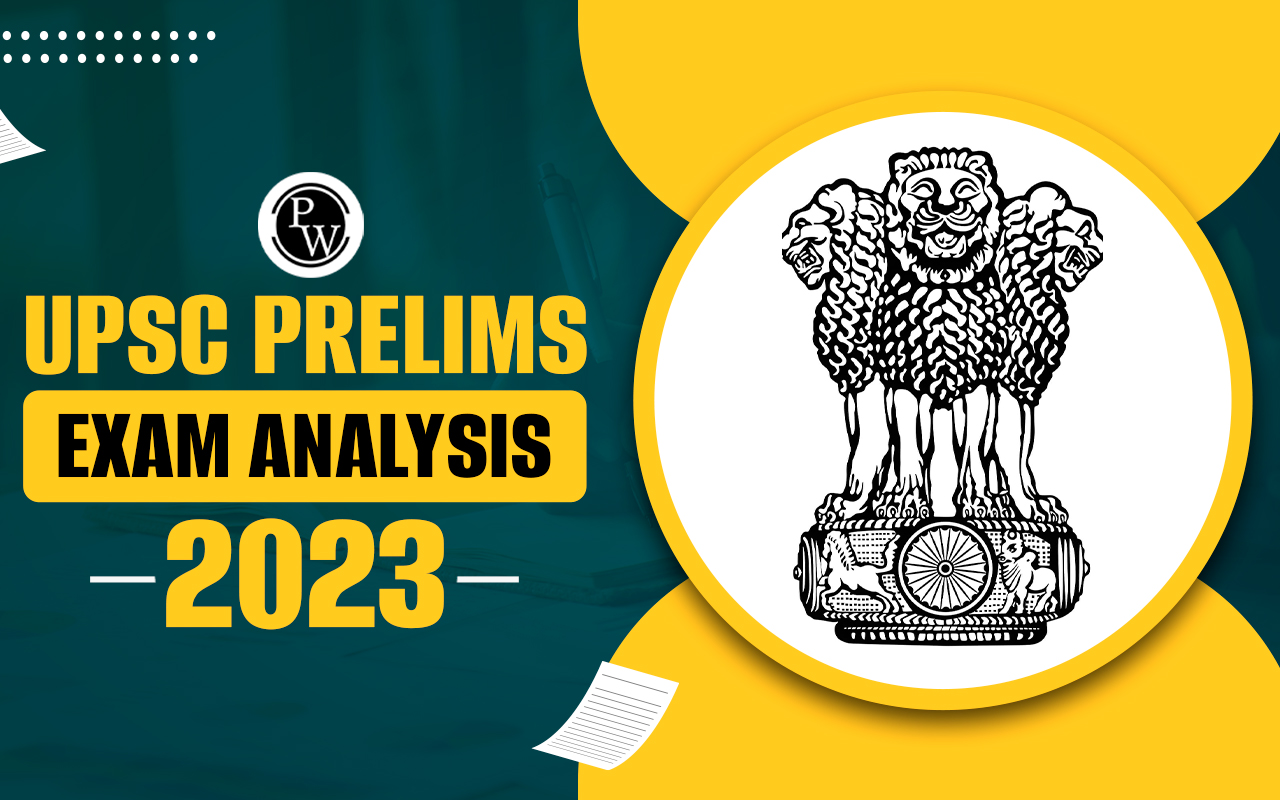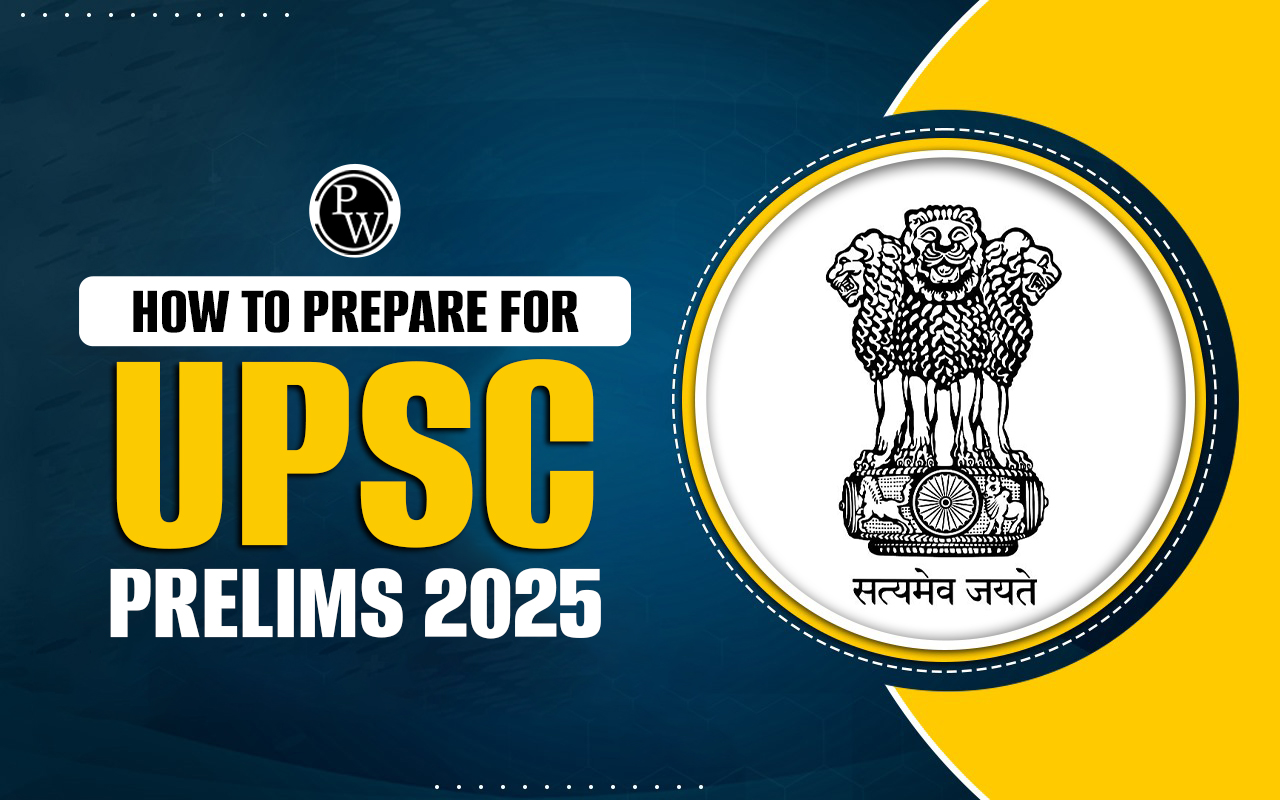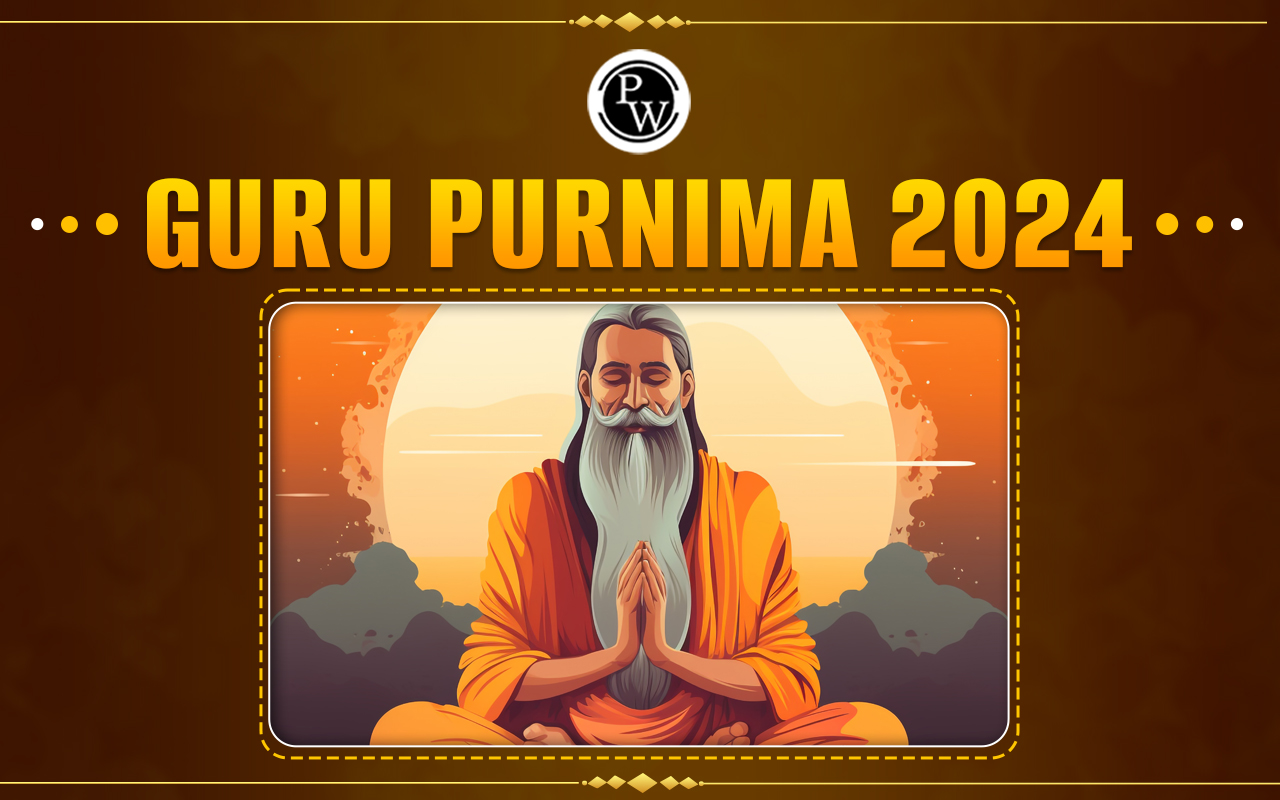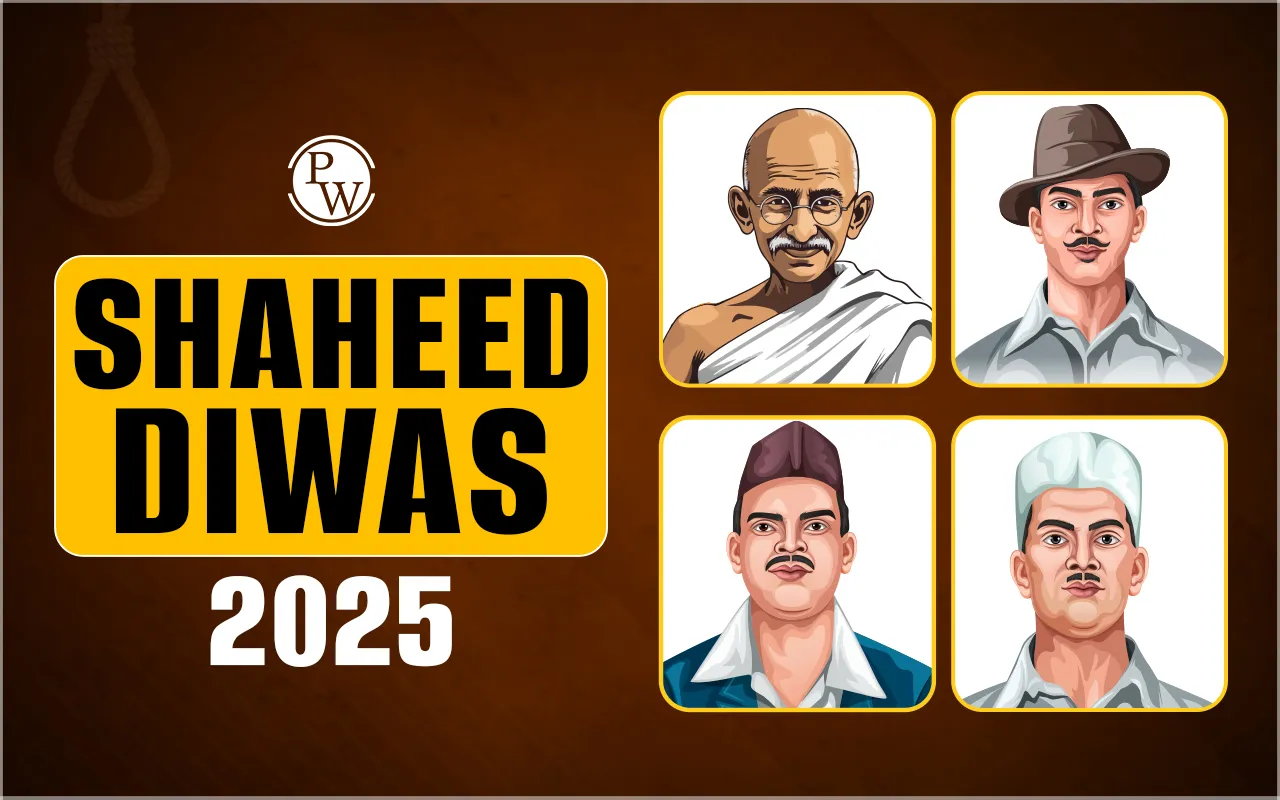
Shaheed Diwas 2025, also known as Martyrs Day 2025 will be observed across the Nation on March 23, 2025. The day commemorates the sacrifices made by three prominent revolutionary leaders—Bhagat Singh, Rajguru, and Sukhdev. They were executed by the British colonial rulers on March 23, 1931, for their role in the struggle for India's independence
Shaheed Diwas 2025 Overview
Shaheed Diwas 2025 marks the hanging of Bhagat Singh, Shivaram Rajguru, and Sukhdev Thapar in 1931. Their martyrdom inspired millions to join the struggle for independence. Shaheed Diwas serves as a reminder of the bravery and commitment of these martyrs who laid down their lives for India's freedom.
| Shaheed Diwas 2025 Overview | |
| Also Known As | martyrs' day 23 March |
| Date | March 23, 2025 |
| Day | Sunday |
| History | Commemorates the execution of Bhagat Singh, Sukhdev Thapar, and Shivaram Rajguru in 1931 |
| Events and Activities | Tribute ceremonies at memorials, School and college programs (debates, essays, plays), Public awareness campaigns, and Patriotic rallies. |
| Significance | Reinforces national pride and unity, encourages reflection on values of courage and selflessness, and inspires future generations to uphold the ideals of freedom and justice. |
Martyrs Day 2025 Date
In 2025, Martyrs Day is being observed on January 30 and March 23. These dates mark the assassination of Mahatma Gandhi and the execution of Bhagat Singh, Rajguru, and Sukhdev, respectively. On these days, people across India pay tribute to martyrs through prayers, memorial events, and patriotic activities. Schools, colleges, and government institutions organise special programs to remember the contribution of freedom fighters. Leaders and citizens visit memorials to offer their respects.
History of Shaheed Diwas
Shaheed Diwas has historical importance in India’s freedom struggle. On March 23, 1931, three famous young revolutionaries Bhagat Singh, Rajguru, and Sukhdev were hanged to death by British Colonial rulers. Here are key events leading to their martyrdom:
-
Members of HSRA: Bhagat Singh, Rajguru, and Sukhdev were key members of the Hindustan Socialist Republican Association (HSRA), a revolutionary group.
-
Protest Against Simon Commission: In 1928, Lala Lajpat Rai led a protest against the Simon Commission. During this protest, the police, under James A. Scott, brutally beat Lala Lajpat Rai, leading to his death later.
-
Retaliation for Lala Lajpat Rai's Death: In response, Bhagat Singh and his associates plotted to kill James A. Scott, but mistakenly killed J.P. Saunders, a police officer, in 1928.
-
Central Legislative Assembly Bombing: In 1929, Bhagat Singh and Batukeshwar Dutt threw bombs in the Central Legislative Assembly to protest British oppression. The bombs were intended to be non-lethal and raise awareness of the injustice.
-
Arrest and Trial: Following the bombing, Bhagat Singh, Rajguru, and Sukhdev were arrested and put on trial in the Lahore Conspiracy Case of 1929.
-
Execution: Despite mass protests and widespread support, the British government sentenced them to death. On March 23, 1931, Bhagat Singh, Rajguru, and Sukhdev were hanged in Lahore Central Jail, becoming martyrs for the cause of Indian independence.
The sacrifices of these leaders remind us of the price paid for India's freedom. Their stories continue to inspire patriotism and courage in young minds.
Bhagat Singh
Bhagat Singh was one of India’s most influential revolutionaries. He was born on September 28, 1907, in Punjab. Inspired by the Jallianwala Bagh massacre, he joined the freedom movement at a young age. His major actions include:
-
Protesting Simon Commission (1928): He and his companions opposed British policies. In the process, Lala Lajpat Rai was injured in a lathi charge and later died. Bhagat Singh and his group avenged this by killing British officer J.P. Saunders.
-
Assembly Bombing (1929): Bhagat Singh and Batukeshwar Dutt threw harmless bombs in the Central Legislative Assembly to protest against repressive laws. They did not escape and courted arrest.
Bhagat Singh remains a symbol of fearless resistance against oppression. His writings and speeches continue to inspire generations.
Rajguru
Shivaram Hari Rajguru was born on August 24, 1908, in Maharashtra. He was an associate of Bhagat Singh and a key member of the Hindustan Socialist Republican Association (HSRA).
-
Rajguru was a skilled marksman and played a key role in the killing of J.P. Saunders.
-
He believed in armed resistance against British rule and worked closely with fellow revolutionaries.
-
Along with Bhagat Singh and Sukhdev, he was sentenced to death and executed on March 23, 1931.
Rajguru is remembered for his patriotism and commitment to India's freedom. His bravery and dedication made him an inspiration for young revolutionaries.
Sukhdev
Sukhdev Thapar was born on May 15, 1907, in Ludhiana, Punjab. He was deeply involved in revolutionary activities from a young age.
-
He was a prominent leader in the HSRA and worked to inspire young revolutionaries.
-
Sukhdev played a significant role in the planning and execution of the assassination of J.P. Saunders.
-
He also organised training camps for young recruits in the freedom movement.
-
He was arrested and executed along with Bhagat Singh and Rajguru on March 23, 1931.
Sukhdev’s sacrifice reminds us of the courage and determination of India’s youth in the fight for independence.
Why is Shaheed Diwas Celebrated Twice a Year?
India observes Shaheed Diwas twice a year to honour freedom fighters who sacrificed their lives for the nation.
-
January 30: This marks the death anniversary of Mahatma Gandhi, who was assassinated in 1948. He led India’s freedom struggle through non-violent means. His death was a great loss to the nation.
-
March 23: This commemorates the martyrdom of Bhagat Singh, Rajguru, and Sukhdev. Their revolutionary spirit played a major role in inspiring the youth against British rule.
Both dates hold immense significance in India’s history. They remind us of the different paths taken to achieve independence. Whether through non-violence or armed struggle, these sacrifices shaped the nation we live in today.
Significance of Shaheed Diwas 2025
Shaheed Diwas 2025 is an opportunity to reflect on the sacrifices made for India’s freedom. It serves as a reminder of our duty towards the nation.
-
Honouring Martyrs: People across India pay tribute to fallen heroes through memorial events and tributes.
-
Educational Importance: Schools and institutions conduct seminars, discussions, and essay competitions on the freedom struggle.
-
Government Events: National leaders visit memorials like Raj Ghat and Hussainiwala to pay respects.
-
Inspiring the Youth: The stories of these martyrs continue to motivate young minds to serve the nation with dedication.
-
Promoting Patriotism: These events strengthen the feeling of unity and patriotism among citizens.
In conclusion, Shaheed Diwas 2025 is a significant day to remember India's heroes. It teaches us the value of freedom and the sacrifices made for it. By observing Shaheed Diwas, we acknowledge the price paid for independence and renew our commitment to national progress.
Want to learn more about India’s history and freedom struggle? Join Physics Wallah’s UPSC courses to prepare for your UPSC exam with guidance and structured learning!
Shaheed Diwas 2025 FAQs
Why is Shaheed Diwas observed on March 23?
What happened on 23 March 1931?
Where were Bhagat Singh Sukhdev and Rajguru hanged?
What is the significance of January 30 for Shaheed Diwas?
How do people observe Shaheed Diwas in India?


